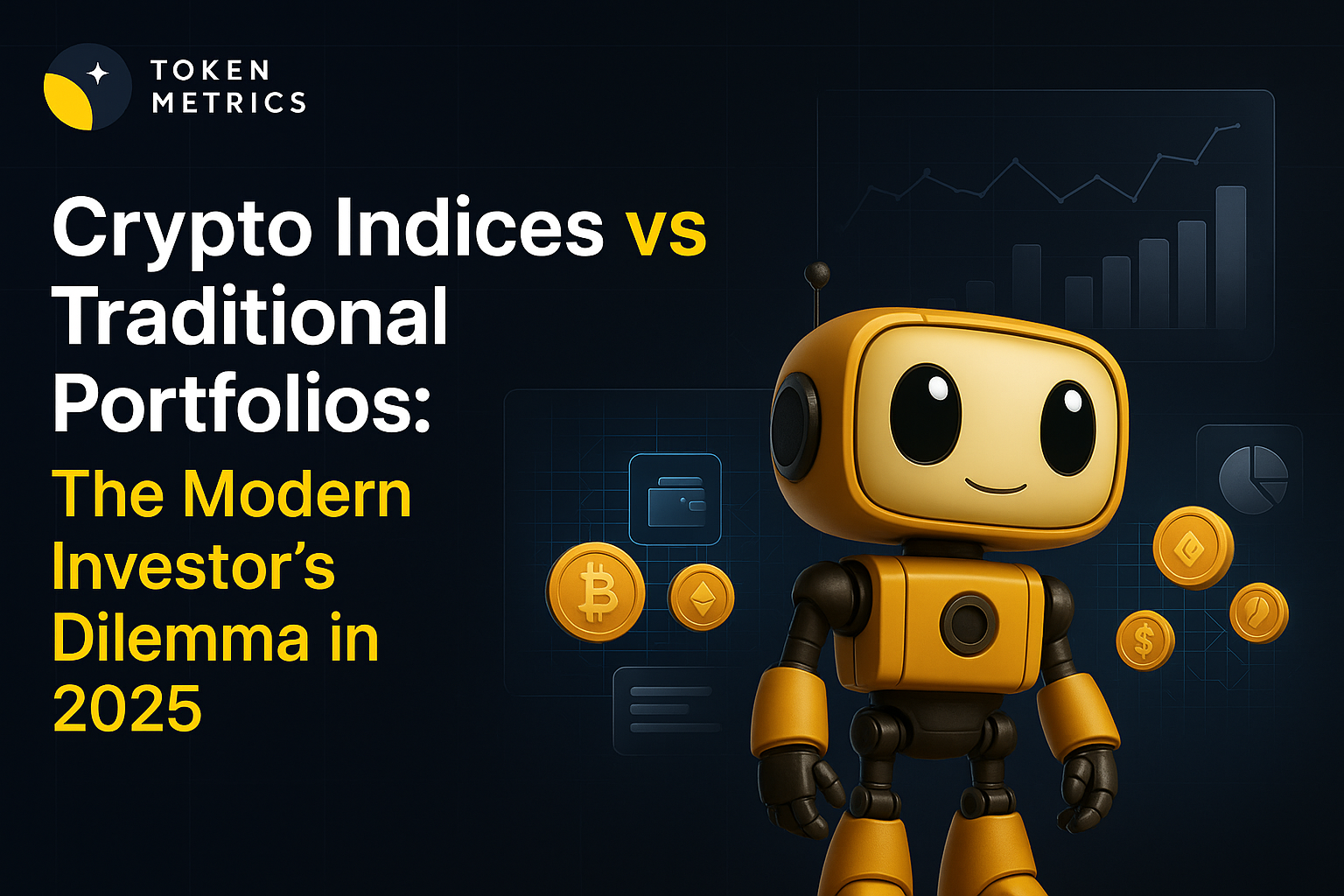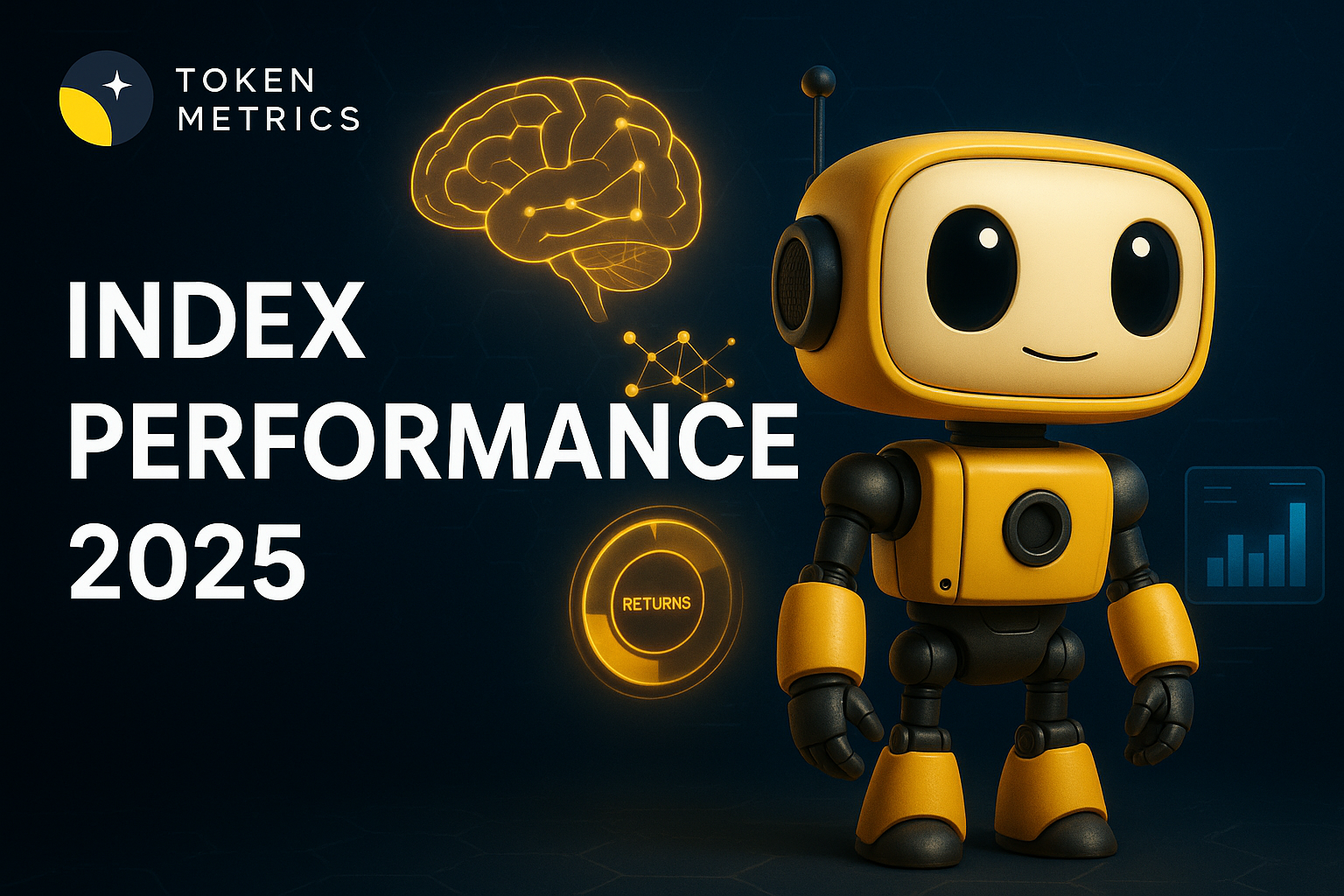
NFT Rarity - What it Means and How to Calculate it?

Non-Fungible Tokens, or NFTs, have exploded in popularity in recent years, with many people looking to invest in or collect these unique crypto tokens. However, not all NFTs are created equal – some are more valuable than others. One key factor that determines the value of an NFT is rarity. In this article, we will explore what NFT rarity is, how it works, and how to determine the rarity of an NFT. By understanding these concepts, investors can make more informed decisions when it comes to buying and selling NFTs.
What are Non-Fungible Tokens (NFTs)?
Non-Fungible Tokens (NFTs) are a type of cryptocurrency token, like Bitcoin or Dogecoin. However, what sets NFTs apart from other crypto tokens is their "non-fungibility," meaning that they cannot be mutually exchanged. In other words, every NFT is unique and has its own set of properties, making them distinct from one another.
NFTs have become a popular market, with some tokens having high value compared to others. This has led to a surge in interest in NFTs, with many people wanting to invest in or collect them.
What is NFT Rarity?
One factor that determines the value of an NFT is rarity. NFT rarity refers to how common a specific NFT is within a collection. Typically, the rarer the NFT, the higher its price.
In simple words, NFT rarity refers to the uniqueness or scarcity of a non-fungible token (NFT). Each NFT is created with a unique identifier that makes it distinct from all other NFTs. However, within a collection of NFTs, there can be variations in the rarity or scarcity of the different tokens.
These variations can be based on a variety of factors such as the number of tokens in a collection, the design or artwork of the token, or the properties and attributes assigned to the token. Rarity can impact the value of an NFT, as collectors and investors may be willing to pay more for a rare or highly sought-after NFT. Additionally, NFT creators and collectors may use rarity as a way to create excitement and interest in a particular collection or token.
How Does NFT Rarity Work?
To understand how NFT rarity works, it's important to know that when a new NFT is minted, it has a set of unique properties, known as traits, that cannot be changed. While NFTs can share a trait, no two NFTs are typically identical in a randomized collection.
NFTs with rarer features are more likely to sell for a higher price than those with more common features. As the floor price of a collection increases, the rarer NFTs also tend to increase more in value than the average of the entire collection.
How to Determine NFT Rarity?
Knowing how to spot rarity beforehand can give investors an advantage when it comes to NFT collecting. This can save them time and money, and give them an edge over other traders in the marketplace with information about the value trajectory of a specific type of NFT over time.
There are a few different ways to determine the rarity of an NFT. One way is to use NFT Rarity sites like Rarity Tools. This can help you find if an NFT is rare and in high demand.
Another option is to use a Rarity Ranks Extension, such as the Rarity Ranks extension. However, installing extensions may be risky and steal your confidential data.
Another way to determine NFT rarity is to use a tool like OpenSea, which allows users to create, buy, and sell NFTs. By viewing an entire collection when clicking on an NFT, users can get a sense of the rarity of a specific token. The average collection size is 10,000 items, though this can vary for different projects.
Best NFT Rarity Checker
Determining the rarity of an NFT (Non-Fungible Token) is an important aspect of the NFT market. It can help buyers make informed decisions about the value and potential appreciation of a particular NFT. While there are several NFT rarity checkers available, it's difficult to identify the "best" one as different checkers may use different algorithms and data sources. Some popular NFT rarity checkers include Rarity.tools and Rarity Sniper.
Rarity.tools is a widely used platform that allows users to check rarity scores for a variety of NFT collections. Rarity Sniper provides a rarity score for each NFT, along with data on its trading history and price trends. Ultimately, the best NFT rarity checker depends on individual preferences and needs.
Why is Rarity Important for NFTs?
Rarity is important in the NFT market because it can affect the value and demand for a specific token. Because each look is limited to a specific number across the collection, some are statistically harder to come by – just like a Shiny Pokémon in the Pokémon universe. An NFT with a combination of rare attributes is more likely to sell for a higher price than those with more common traits.
Conclusion
In conclusion, NFT rarity is a key factor in determining the value of an NFT. By understanding how to spot and assess rarity, investors can make more informed decisions when it comes to buying and selling NFTs.
Tools like the NFT Rarity App and the Rarity Ranks Extension can be helpful in determining the rarity of a specific NFT. With this knowledge, investors can make more strategic decisions about their NFT investments and potentially maximize their returns.
Disclaimer
The information provided on this website does not constitute investment advice, financial advice, trading advice, or any other sort of advice and you should not treat any of the website's content as such.
Token Metrics does not recommend that any cryptocurrency/NFT should be bought, sold, or held by you. Do conduct your own due diligence and consult your financial advisor before making any investment decisions.

.svg)

Create Your Free Token Metrics Account

.png)




%201.svg)
%201.svg)


%201.svg)









.svg)




.png)